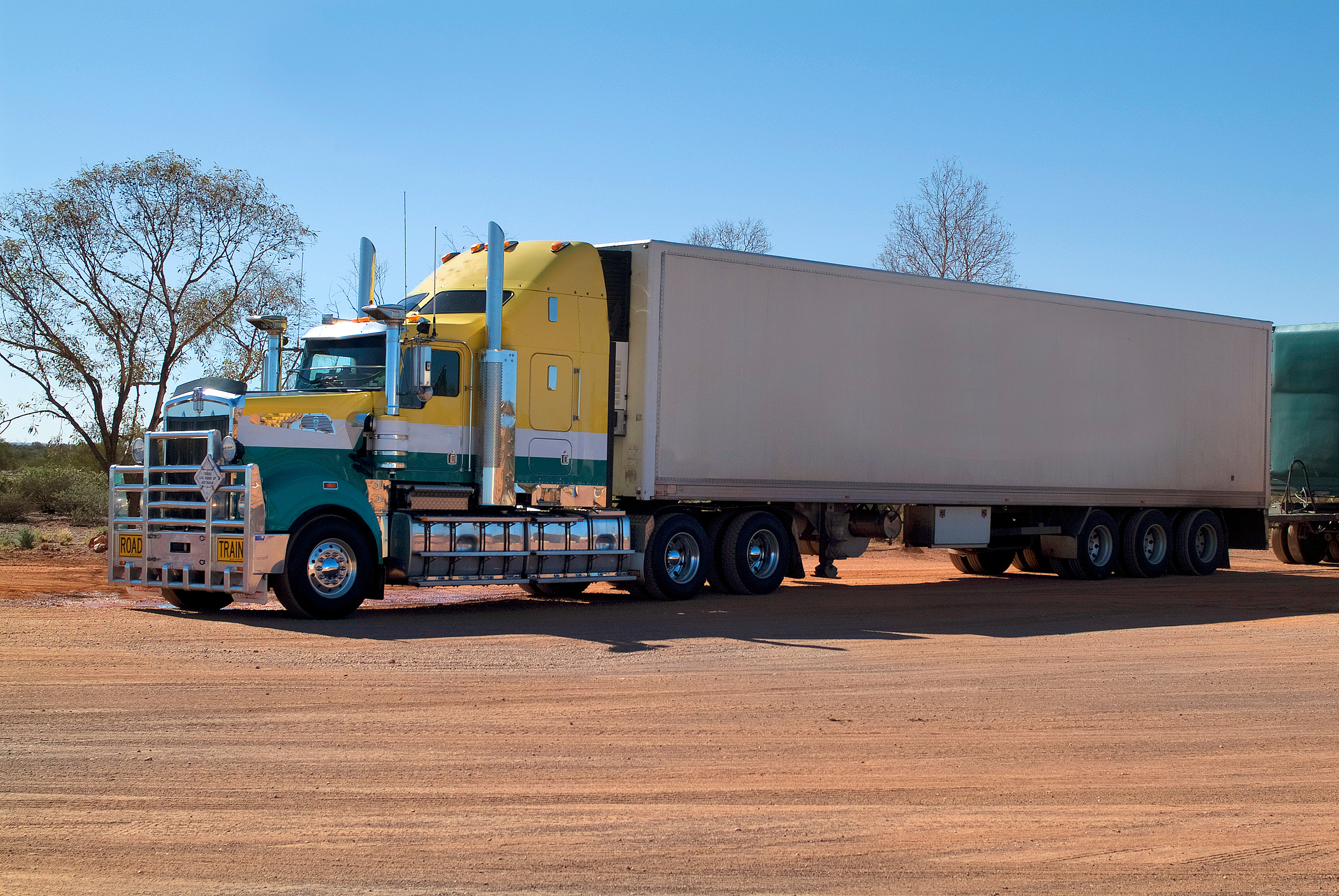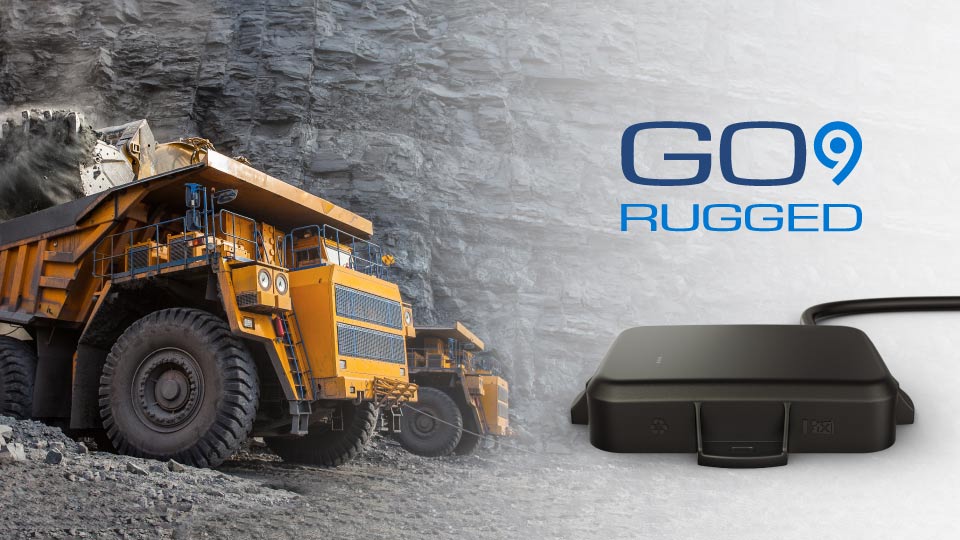6 steps for data cleaning and why it matters
Data cleaning is the process of ensuring that your data is correct, consistent and usable.
By Geotab Team
Nov 21, 2020
Updated: Jan 7, 2025

No matter what type of data you work with — telematics or otherwise — data quality is important. Are you working with data to measure and optimise your fleet program?
Consider adding data cleaning to your regular routine.
Here is a quick overview to get you started.
What is data cleaning?
Data cleaning is the process of ensuring data is correct, consistent and usable. You can clean data by identifying errors or corruptions, correcting or deleting them, or manually processing data as needed to prevent the same errors from occurring.
Most aspects of data cleaning can be done through the use of software tools, but a portion of it must be done manually. Although this can make data cleaning an overwhelming task, it is an essential part of managing company data.
What are the benefits of data cleaning?
There are many benefits to having clean data:
- It removes major errors and inconsistencies that are inevitable when multiple sources of data are being pulled into one dataset.
- Using tools to clean up data will make everyone on your team more efficient as you’ll be able to quickly get what you need from the data available to you.
- Fewer errors means happier customers and fewer frustrated employees.
- It allows you to map different data functions, and better understand what your data is intended to do, and learn where it is coming from.
Data cleaning in six steps
The first step before starting a data cleaning project is to first look at the big picture. Ask yourself: What are your goals and expectations?
To achieve those goals you’ve set, next, you must plan a data cleanup strategy. A great guideline is to focus on your top metrics. Some questions to ask:
- What is your highest metric looking to achieve?
- What is your company’s overall goal and what is each member looking to achieve from it?
A good way to start is to get the key stakeholders together and brainstorm.
Here are some best practices when it comes to create a data cleaning process:
1. Monitor errors
Keep a record of trends where most of your errors are coming from.This will make it a lot easier to identify and fix incorrect or corrupt data. Records are especially important if you are integrating other solutions with your fleet management software, so that your errors don’t clog up the work of other departments.
2. Standardise your process
Standardise the point of entry to help reduce the risk of duplication.
3. Validate data accuracy
Once you have cleaned your existing database, validate the accuracy of your data. Research and invest in data tools that allow you to clean your data in real-time. Some tools even use AI or machine learning to better test for accuracy.
4. Scrub for duplicate data
Identify duplicates to help save time when analysing data. Repeated data can be avoided by researching and investing in different data cleaning tools that can analyse raw data in bulk and automate the process for you.
5. Analyse your data
After your data has been standardised, validated and scrubbed for duplicates, use third-party sources to append it. Reliable third-party sources can capture information directly from first-party sites, then clean and compile the data to provide more complete information for business intelligence and analytics.
6. Communicate with your team
Share the new standardised cleaning process with your team to promote adoption of the new protocol. Now that you’ve scrubbed down your data, it’s important to keep it clean. Keeping your team in the loop will help you develop and strengthen customer segmentation and send more targeted information to customers and prospects.
Finally, monitor and review data regularly to catch inconsistencies.
Get your ROI from data
If you are tasked with managing data, don’t overlook data cleaning. Keeping on top of consistent and accurate inputs is an essential everyday task. The steps outlined above should help make it easier to create a daily protocol. Once you have completed your data cleaning process, you can confidently move forward using the data for deep operational insights with your now accurate and reliable data.
Did you know that Geotab telematics data can be easily integrated into other systems?
Read more about expandability solutions for fleets.
The Geotab Team write about company news.
Related posts
.jpeg)

Geotab becomes a certified Telematics Monitoring Application Service Provider
April 1, 2025
3 minute read


Geotab at MEGATRANS discusses Cost Savings and Automation
September 24, 2024
1 minute read


Telstra 3G Shutdown Extension gives Fleet Managers more Time to Upgrade
May 10, 2024
2 minute read
